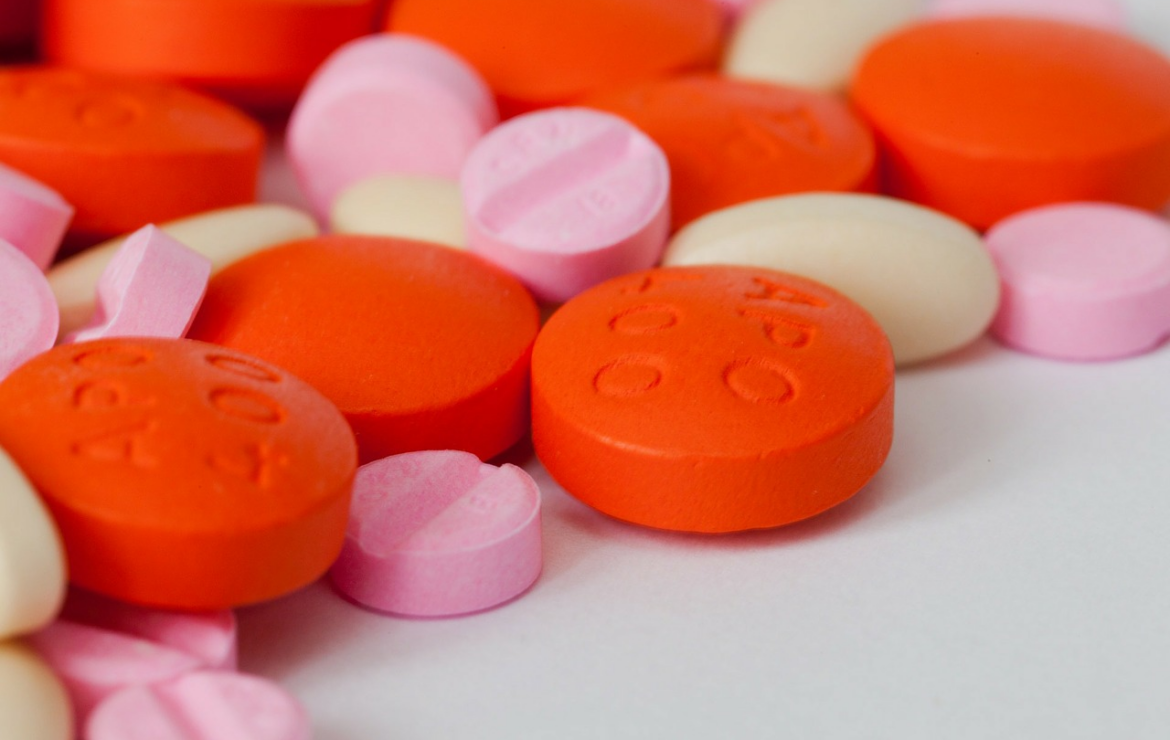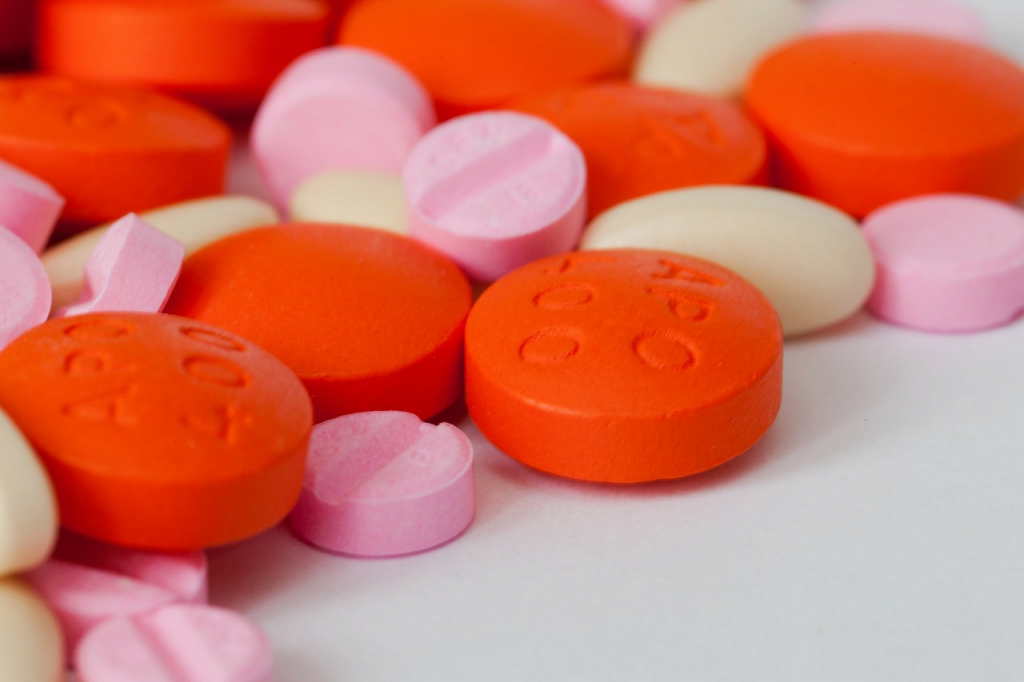
Table of contents:
Oxycodone is an opioid drug that is prescribed to treat moderate to severe pain. Extended-release versions of this medication are often used to relieve chronic pain and cancer-related pain, whereas immediate-release versions are usually prescribed to patients that suffer from temporary injuries or that undergo a surgical operation.
Oxycodone may also be combined with acetaminophen, a non-narcotic pain reliever, to form medications such as Percocet. When oxycodone is abused or used incorrectly, a dependence or addiction may develop, which can lead to the presence of withdrawal symptoms upon quitting the drug.

This article will teach you about the symptoms associated with oxycodone withdrawal and the detoxification timeline. You will also learn about a method for oxycodone withdrawal treatment that can help you avoid the uncomfortable side effects of withdrawal and avoid relapse.
Possible side effects of oxycodone
People who take oxycodone as prescribed are not likely to experience an uncomfortable withdrawal stage upon stopping their use of the drug, but they can still experience some adverse side effects while taking the medication. Some more common side effects include:
- Dizziness
- Feelings of fatigue and weakness
- Nausea and vomiting
- Dry mouth
- Excessive itchiness
- Constipation
- Headaches
- Problems with sleep
- Unusual changes in mood
Though it is rare, some people may experience more severe side effects such as slowed breathing, confusion, feeling faint, extreme tiredness, and allergic reactions. If you experience any of these severe side effects or if the common side effects are long lasting or unusually intense, contact your doctor.
Mixing oxycodone with alcohol and other medications is not recommended, as it can exacerbate the effects of the drug and lead to overdose or other adverse reactions. Always talk to your healthcare provider before mixing substances.
Oxycodone withdrawal symptoms

If you are prescribed a high dose of oxycodone or if you are suffering from a drug dependence or addiction, suddenly stopping your consumption will likely result in withdrawal. The same can be said for medications such as Percocet (acetaminophen mixed with oxycodone).
After prolonged oxycodone use or abuse, the body and brain become dependent on the medication to function normally. This physical and psychological dependence is what causes withdrawal symptoms when use is halted. As you detoxify from oxycodone, you may experience the following symptoms of withdrawal:
- Runny nose
- Watery eyes
- Body aches and pains
- Shaking and non-seizure related tremors
- Nausea and vomiting
- Headaches
- Diarrhea
- Excessive sweating
- Fast heartbeat
- Irritability
- Anxiety and depression
- Mood swings
Psychological and emotional symptoms may be intense for some people and can include irritability, anxiety, depression, mood swings, issues with concentration, fatigue and tiredness, and an inability to feel pleasure or happiness. It is important to note that everyone experiences withdrawal differently and may have different physical and psychological manifestations of drug abstinence. Generally, those who suffer from a severe addiction to oxycodone will have more intense and prolonged symptoms of withdrawal.
How long does oxycodone withdrawal last?
Immediate-release oxycodone has a half-life of about 3-4 hours, and extended-release versions have a half-life of around 4.5 hours. This means that withdrawal symptoms may start sooner for those who use an immediate-release version of the drug. The abstinence crisis may begin several hours to half a day after your last use.
In the first few days, symptoms may be flu-like in nature and drug cravings will be incredibly high. Physical symptoms of withdrawal will likely be the worst between days 3-5 and can include painful muscle cramps and more intense versions of the flu-like symptoms. After about a week (7-8 days), some physical symptoms begin to subside while others linger, but psychological symptoms may worsen.
After oxycodone detox is complete, drug cravings and psychological and emotional symptoms will persist. After the acute withdrawal stage, previous users may suffer from PAWS (post-acute withdrawal symptoms) for an extended period of time, which includes occasional psychological disturbances such as depression, anxiety and panic, brain fog, irritability, insomnia, and more.
This is a general timeline, and everyone’s detoxification experience will differ. Both the onset of withdrawal and the duration of withdrawal depends on several factors, including how long the person has taken oxycodone, the amount they usually take, their method of consumption, their general health status, and more.
Reading about oxycodone withdrawal may make it seem like a relatively simple process, but both the physical and psychological symptoms can be incredibly uncomfortable and often drive people to relapse, which puts them at higher risk of overdose. This is why many people are recommended to seek medical assistance when going through withdrawal, as it helps them get relief from pain and get the support and resources they need to stay drug-free.
What is oxycodone detox and withdrawal treatment?
Doctors often suggest a gradual reduction of oxycodone intake in order to reduce the intensity of the withdrawal symptoms and provide the best chance of detoxification without relapse. Sometimes, this is done through outpatient treatment, in which the patient is advised by a doctor that they meet with on a regular basis and that provides them with various kinds of support.
Inpatient withdrawal treatment is a great option for those who need extra support, want to prevent uncomfortable withdrawal symptoms, or want to have the best chance of avoiding relapse. This withdrawal treatment option involves several stages to ensure the patient’s safety and provide them with the highest level of comfort and support.

First, diagnostics are run in order to assess the patient’s overall health and level of dependence on oxycodone. This can include medical tests such as blood work and ECG, as well as a psychodiagnostic assessment to help the medical experts determine the patient’s mental state and decide on the best way to implement a treatment plan.
After an individualized plan is in place, detoxification can begin. Medically assisted detoxification may consist of the administration of medications such as Suboxone and Subutex, which help relieve painful symptoms of withdrawal and cleanse oxycodone from the body. After detox, an opioid antagonist such as naltrexone may be used to block the effects of opioids, which makes taking oxycodone less desirable.
A very important part of addiction and withdrawal treatment is post-detox support and therapy. Going to an inpatient treatment facility can help you connect with resources that will support your sobriety long after the detoxification procedure is over. Some commonly recommended therapies are behavioral therapy, group therapy, and physiotherapy.
Withdrawal can be painful and scary, and you don’t need to go through it alone. Contact us today to get professional assistance as you detox from oxycodone.
Get a free and confidential online consultation to find out more about getting through oxycodone withdrawal. You will discuss treatment options and the various outcomes with an expert of the clinic >>>
Frequently asked questions
What are the symptoms of oxycodone withdrawal?
Traditionally, oxycodone withdrawal begins with flu-like symptoms that get more severe over time. You may experience excessive sweating, runny nose, muscle aches and pains, insomnia, nausea and vomiting, diarrhea, headaches, shaking, and more. You may also undergo psychological and emotional disturbances including depression, anxiety and panic, irritability, poor concentration, and an inability to feel pleasure. Strong drug cravings are also common.
What is the oxycodone withdrawal timeline?
Withdrawal symptoms may start sooner for people that take immediate-release oxycodone. The abstinence crisis will likely begin several hours to half a day after your last use. In the first several days, symptoms will be flu-like in nature and grow in intensity over time. Between days 3-5, physical symptoms will be at their worst and may include muscle cramps and shaking. After about 7-8 days, most physical symptoms should be subsiding, but psychological and emotional manifestations of withdrawal may grow stronger and can last for months or years in extreme cases. This is a general timeline, as everyone’s oxycodone withdrawal time frame will be different depending on a variety of factors.
How do I get off of oxycodone?
In outpatient treatment, a healthcare provider advises you as you slowly reduce your consumption of oxycodone to reduce withdrawal symptoms. During inpatient treatment, medical and psychological diagnostics are run to ensure your health and determine the best detox treatment plan for you. During detoxification, medications such as Suboxone and Subutex may be used to make withdrawal less painful and cleanse the body of oxycodone. After this process, behavioral therapy, group therapy, pharmacotherapy, and physiotherapy might be recommended to help prevent relapse and support your return to a happy, drug-free life.







